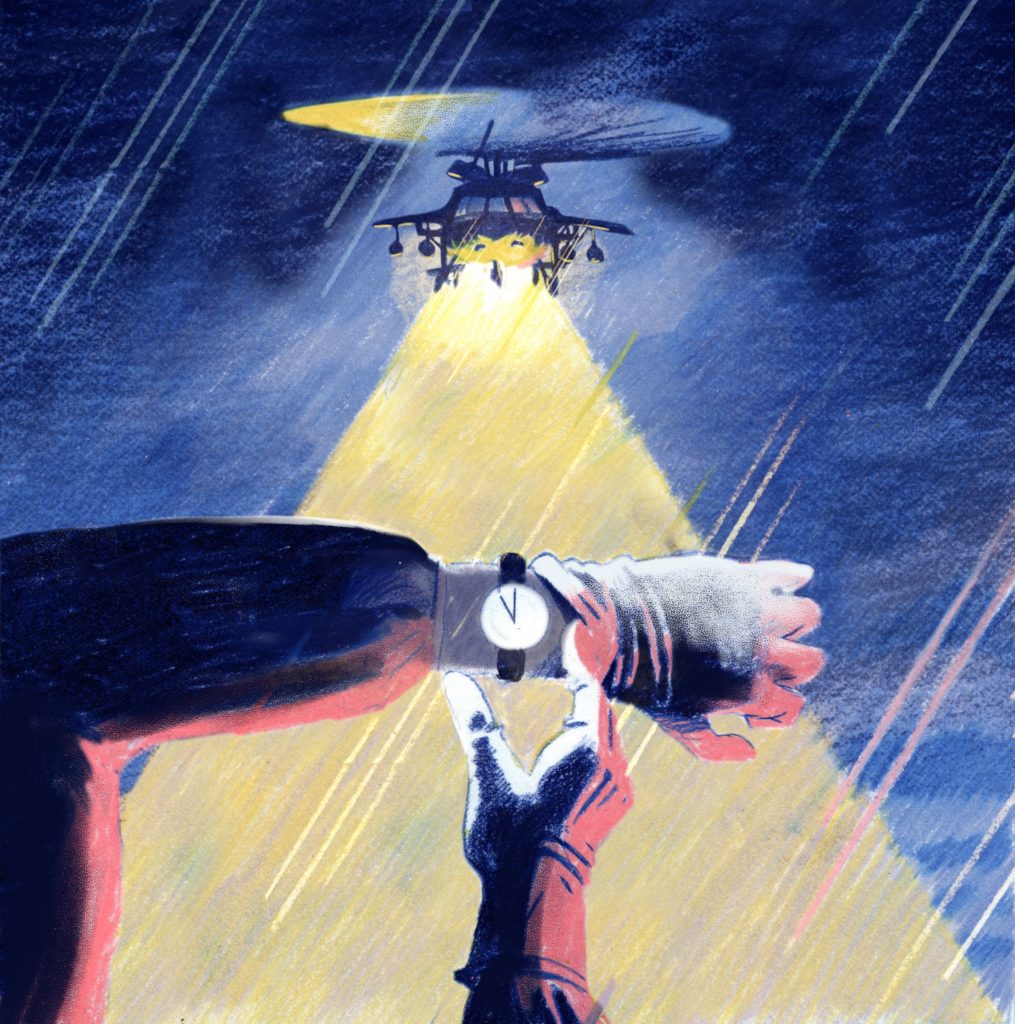Medicine is a privileged field. Every day, patients place their trust and lives in the hands of physicians. As a result, physicians have a responsibility to society, and that includes being aware of their own biases and mitigating their effects.
Nosology: the branch of medicine that deals with the classification of diseases
Despite this, disparities exist. For example, black women are much more likely to suffer from complications during childbirth. Even more troubling, is that they are also less likely to be listened to by doctors.
On Sept. 2, the day after giving birth to her daughter via cesarean section, Ms. Williams was having trouble breathing and “immediately assumed she was having another pulmonary embolism,” the article says.
She alerted a nurse to what she felt was happening in her body and asked for a CT scan and a blood thinner, but the nurse suggested that pain medication had perhaps left Ms. Williams confused, according to Vogue. Ms. Williams insisted, but a doctor instead performed an ultrasound of her legs.
“I was like, a Doppler? I told you, I need a CT scan and a heparin drip,” Ms. Williams, 36, said she told the medical team.
When the ultrasound revealed nothing, she underwent a CT scan, which showed several small blood clots in her lungs. She was immediately put on the heparin drip. “I was like, listen to Dr. Williams!” she told the doctors.
Maya Salam
Athletes like Serena Williams are particularly tuned in and aware of their bodies. Of anyone, they would be most likely to understand when things feel wrong or abnormal.
There is a movement to move medicine and the role of the physician away from the age-old idea of the nosologist. Medicine in the past was about the heroic physician-scientist; the idea that doctors are there to solve puzzles, make diagnoses, classify diseases, rather than treat patients. That job is supposedly for nurses and other healthcare professionals. That philosophy of medicine is slowly going away, as medicine as a whole is becoming more humanistic and empathetic.
There is still a long way to go. However, I think we are on the right path and are continuing to move forward. Ultimately, it is important to recognize that it is our human experience that brings us together. While physicians are certainly not immune from bias, they take pride in being able to recognize that patients come in with complex and nuanced issues, including the social determinants of health.
Hospitals are one of the very few places left where you encounter the whole span of society. Walking the halls, you begin to understand that the average American is someone who has a high-school education and thirty thousand dollars a year in per-capita earnings, out of which thirty per cent goes to taxes and another thirty per cent to housing and health-care costs. [. . .]
Most people don’t have this broad vantage. We all occupy our own bubbles. Trust in others, even our neighbors, is at an historic low. Much of society has become like an airplane boarding line, with different rights and privileges for zones one to ninety-seven, depending on your wealth, frequent-flier miles, credit rating, and S.A.T. scores; and many of those in line think—though no one likes to admit it—that they deserve what they have more than the others behind them. Then the boarding agent catches some people from zone eighty-four jumping ahead of the people in zone fifty-seven, and all hell breaks loose.
Insisting that people are equally worthy of respect is an especially challenging idea today. In medicine, you see people who are troublesome in every way: the complainer, the person with the unfriendly tone, the unwitting bigot, the guy who, as they say, makes “poor life choices.” People can be untrustworthy, even scary. When they’re an actual threat—as the inmate was for my chief resident—you have to walk away. But you will also see lots of people whom you might have written off prove generous, caring, resourceful, brilliant. You don’t have to like or trust everyone to believe their lives are worth preserving.
[. . .]
I didn’t understand him or like him. But all it took to see his humanity—to be able to treat him—was to supply that tiny bit of openness and curiosity.
Atul Gawande
Dossier
“Curiosity and What Equality Really Means,” by Atul Gawande, June 2, 2018. https://www.newyorker.com/news/news-desk/curiosity-and-the-prisoner
“For Serena Williams, Childbirth Was a Harrowing Ordeal. She’s Not Alone,” by Maya Salam, January 11, 2018. https://www.nytimes.com/2018/01/11/sports/tennis/serena-williams-baby-vogue.html


